Serbian currency stronger, prices unchanged
Although the Serbian dinar (RSD) has been gaining against the euro for weeks now, prices in the stores have not been decreasing.
Monday, 23.05.2011.
10:37

Although the Serbian dinar (RSD) has been gaining against the euro for weeks now, prices in the stores have not been decreasing. The opposite trend, that of price hikes, is true during any period in which the domestic currency loses in value. Serbian currency stronger, prices unchanged On Monday, the middle exchange rate set another record this year - one euro (EUR) is now worth RSD 96.70. However, citizens have not "flocked to exchange offices to sell their dinars, and instead still sell hard currency", says the president of an association gathering owners of exchange offices, Borislav Brujic. "There aren't that many dinars in the market yet, and so the citizens have nothing to buy hard currency with," explained Brujic, adding that with average salaries in Serbia people can barely make a living. In the stores, meanwhile, prices remain the same as they were in early 2011, when the exchange rate was around RSD 106 for one euro. Institute for Market Research associate Sasa Djogovic told B92 that this was proof that the current exchange rate was "unrealistic". It represents "an illusion of better living and standard that will not survive for long," he added. "Such an illusion was being created by the fall of 2008, and the bubble will certainly burst the moment investors decide that the risk of investing in securities in our market had gone up. Then, they will stand back from our market, and from buying both securities issued by the central bank and the government," said Djogovic. "Since the dinar does not have a real foundation in the economy's competition power, that is, in the real sector, it will start to fall suddenly," this expert warned. In the meantime, the National Bank of Serbia (NBS) has started buying hard currency in order to prevent dinar's excessive strengthening, and plans to buy EUR 40mn in the next 20 days. The dinar hit its lowest level against the euro in recent years on November 4, 2010, when the middle exchange rate was RSD 107.5216.
Serbian currency stronger, prices unchanged
On Monday, the middle exchange rate set another record this year - one euro (EUR) is now worth RSD 96.70.However, citizens have not "flocked to exchange offices to sell their dinars, and instead still sell hard currency", says the president of an association gathering owners of exchange offices, Borislav Brujić.
"There aren't that many dinars in the market yet, and so the citizens have nothing to buy hard currency with," explained Brujić, adding that with average salaries in Serbia people can barely make a living.
In the stores, meanwhile, prices remain the same as they were in early 2011, when the exchange rate was around RSD 106 for one euro.
Institute for Market Research associate Saša Đogović told B92 that this was proof that the current exchange rate was "unrealistic".
It represents "an illusion of better living and standard that will not survive for long," he added.
"Such an illusion was being created by the fall of 2008, and the bubble will certainly burst the moment investors decide that the risk of investing in securities in our market had gone up. Then, they will stand back from our market, and from buying both securities issued by the central bank and the government," said Đogović.
"Since the dinar does not have a real foundation in the economy's competition power, that is, in the real sector, it will start to fall suddenly," this expert warned.
In the meantime, the National Bank of Serbia (NBS) has started buying hard currency in order to prevent dinar's excessive strengthening, and plans to buy EUR 40mn in the next 20 days.
The dinar hit its lowest level against the euro in recent years on November 4, 2010, when the middle exchange rate was RSD 107.5216.



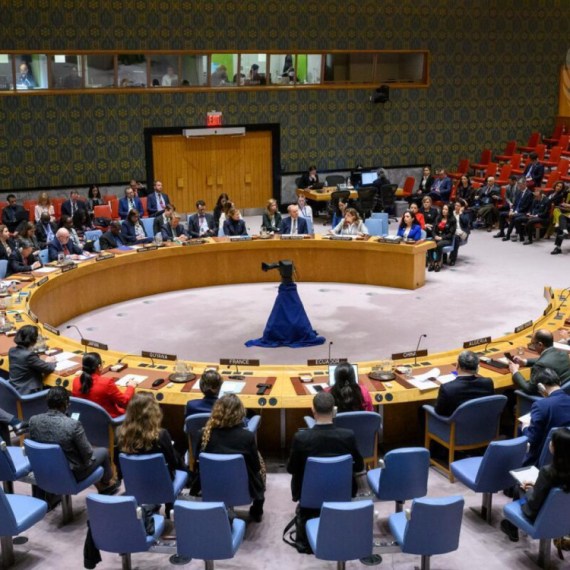
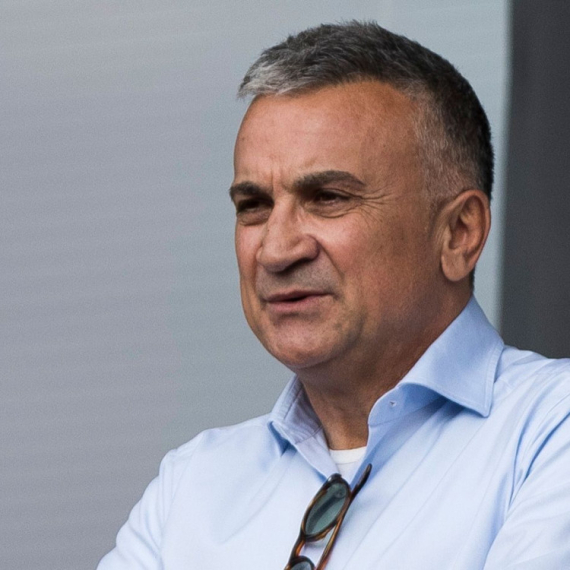
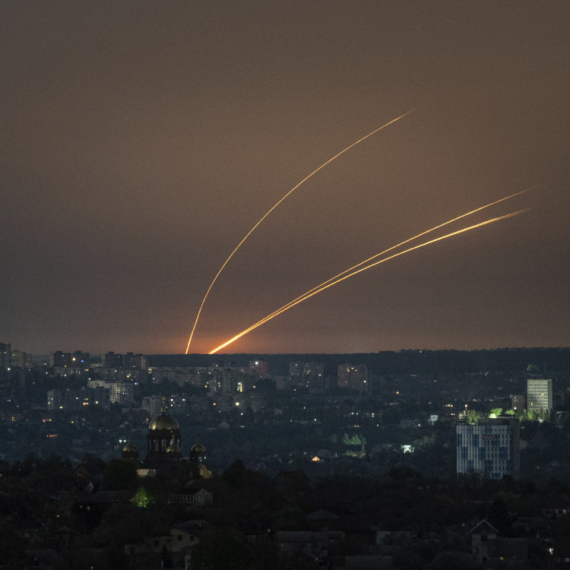
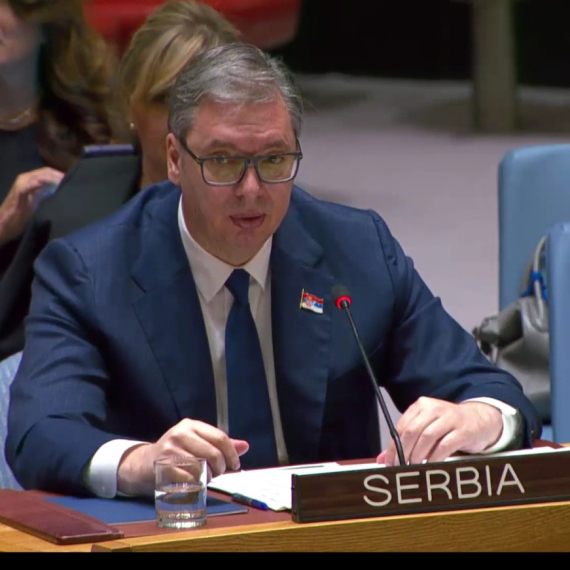



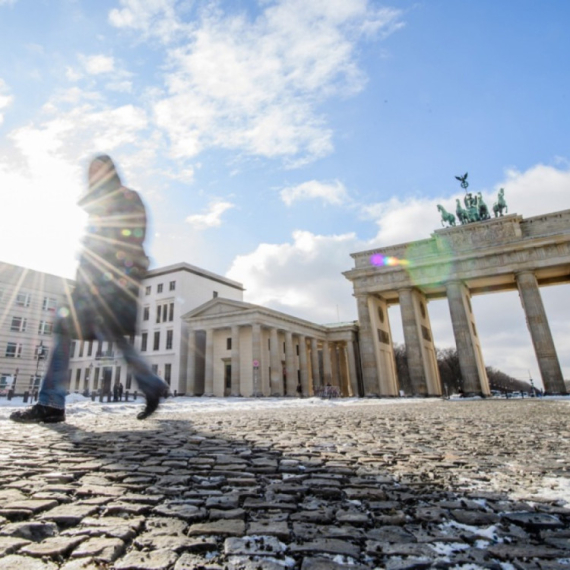
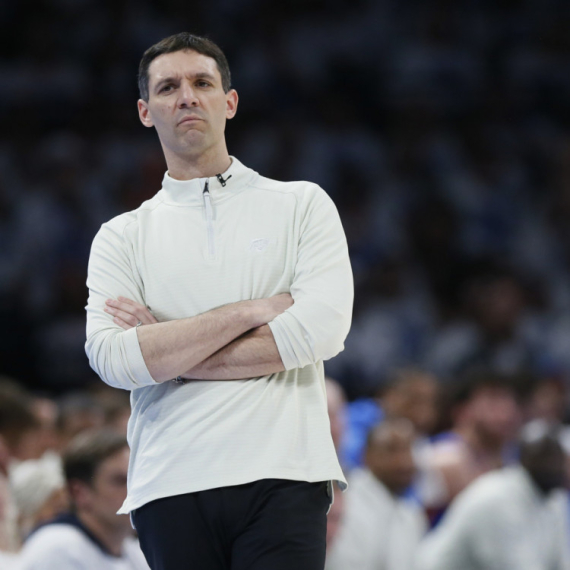
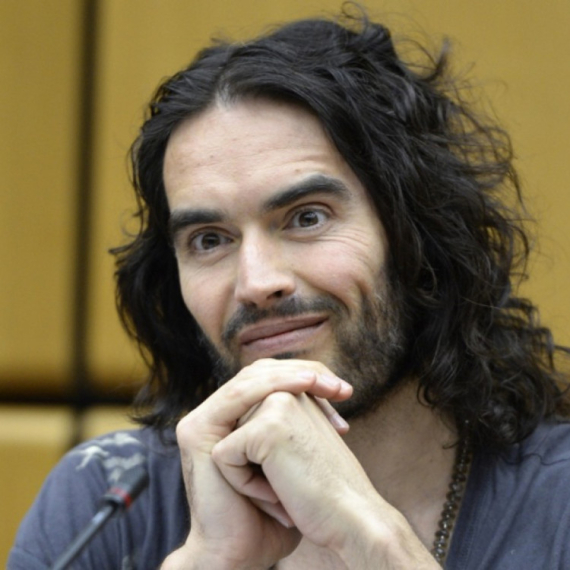
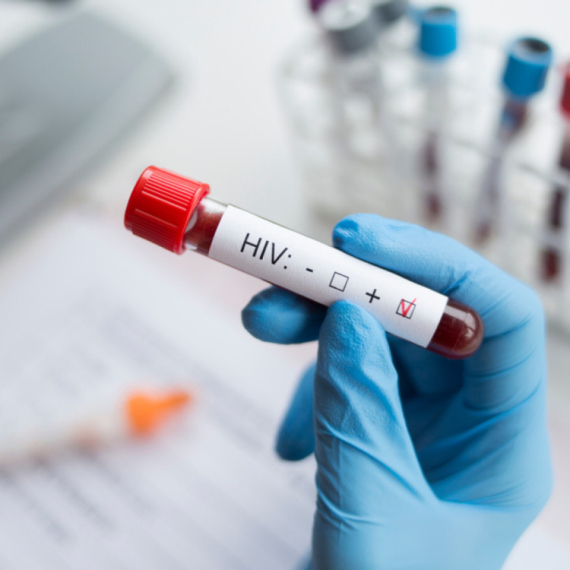

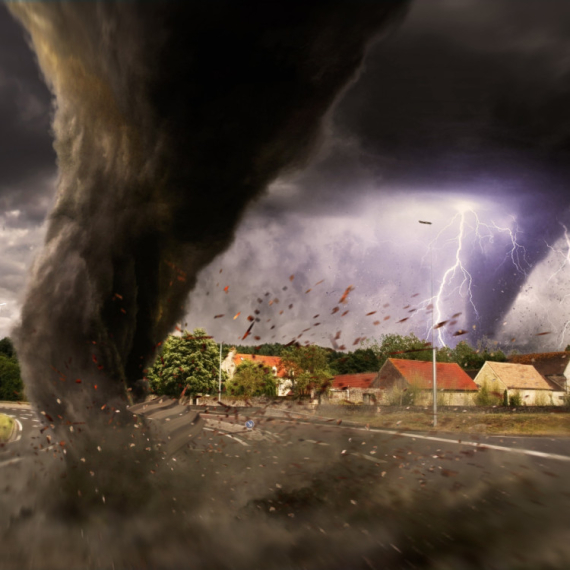
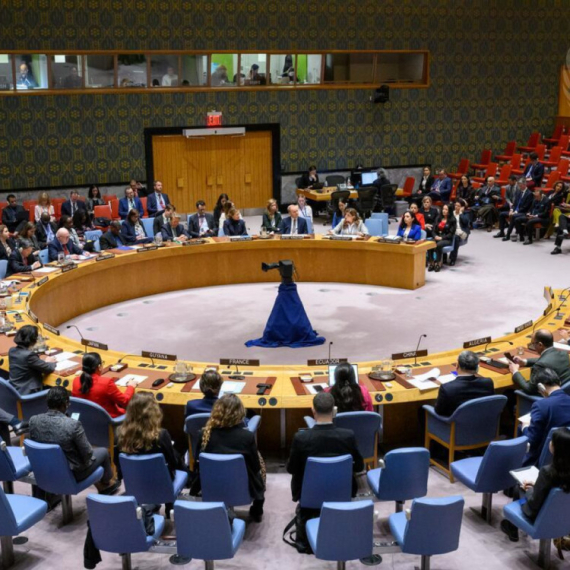
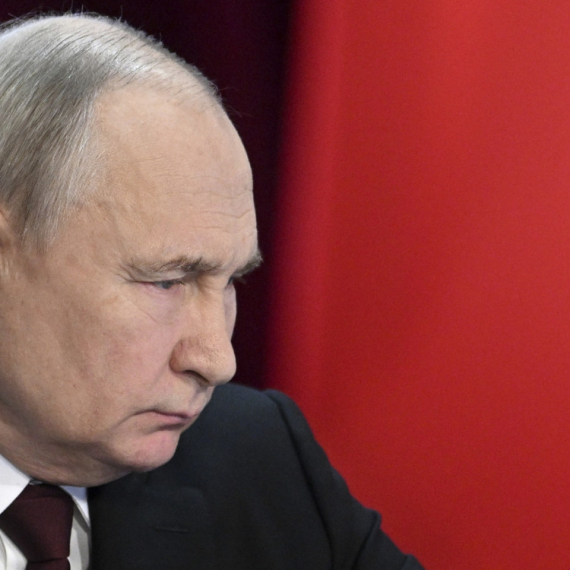
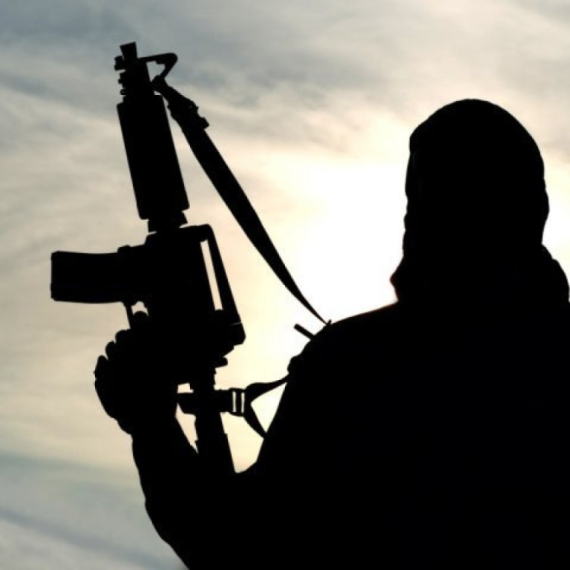
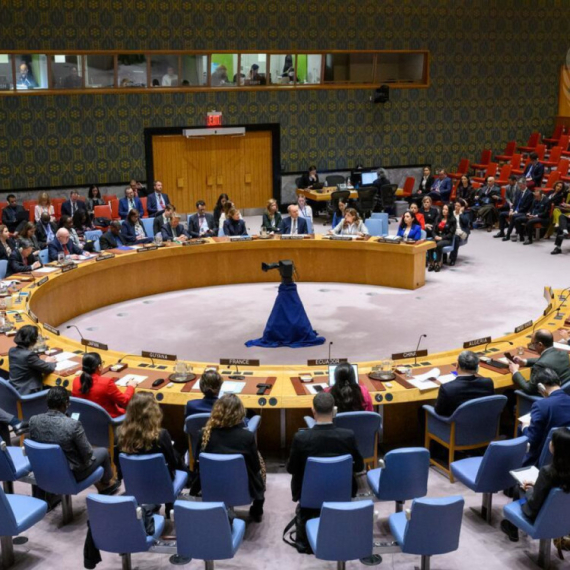
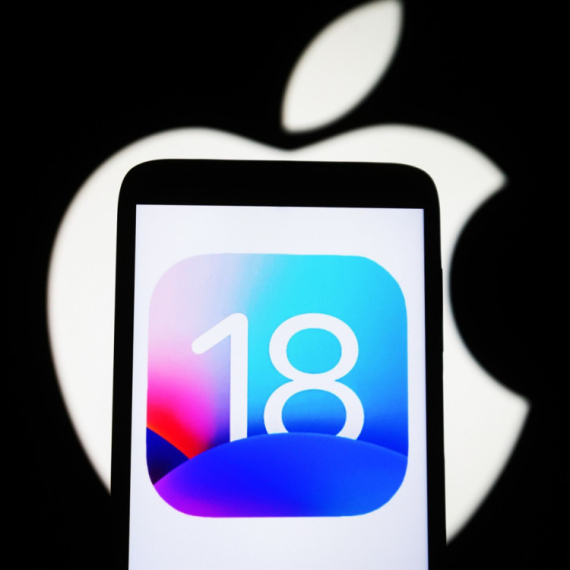
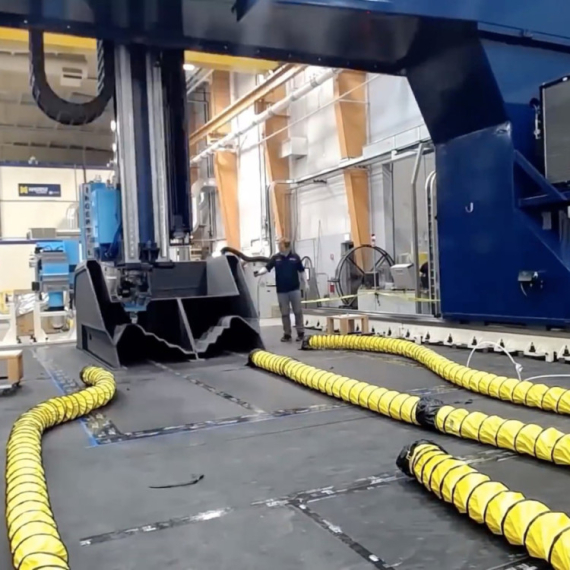
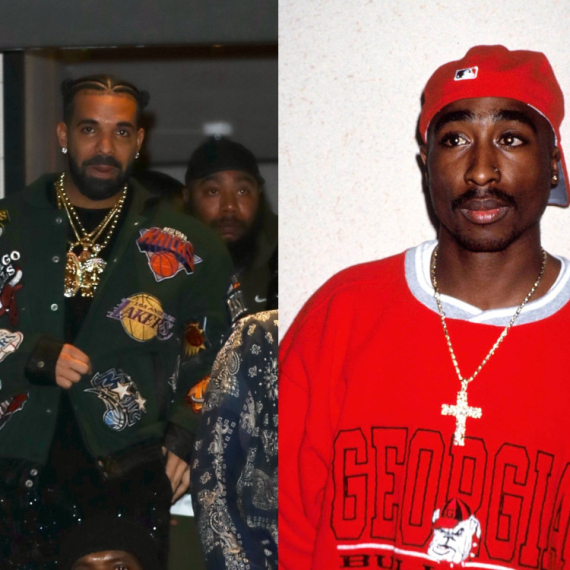


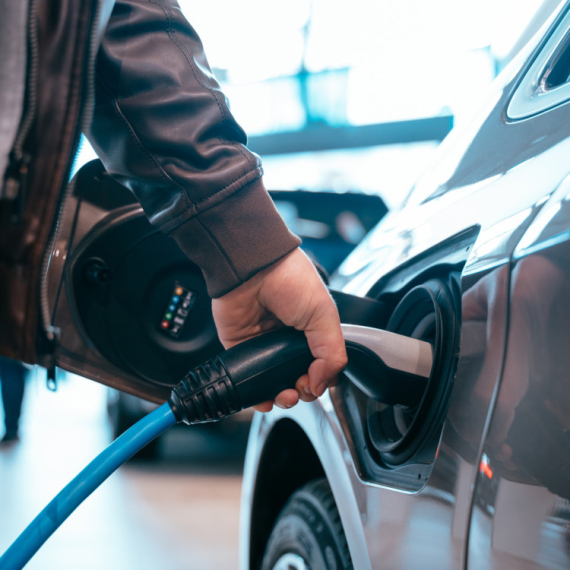
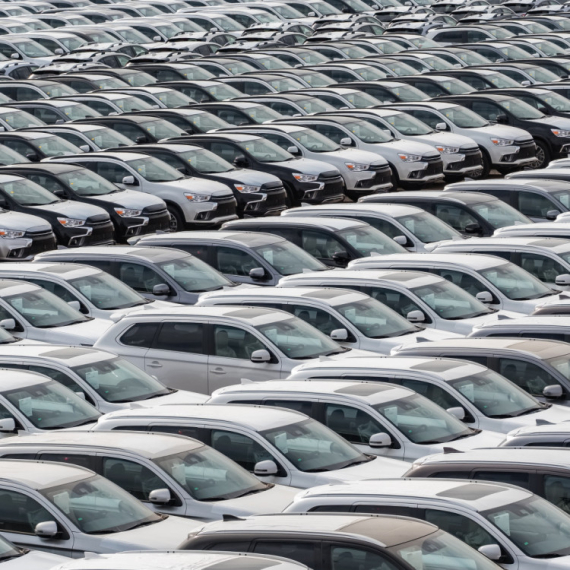





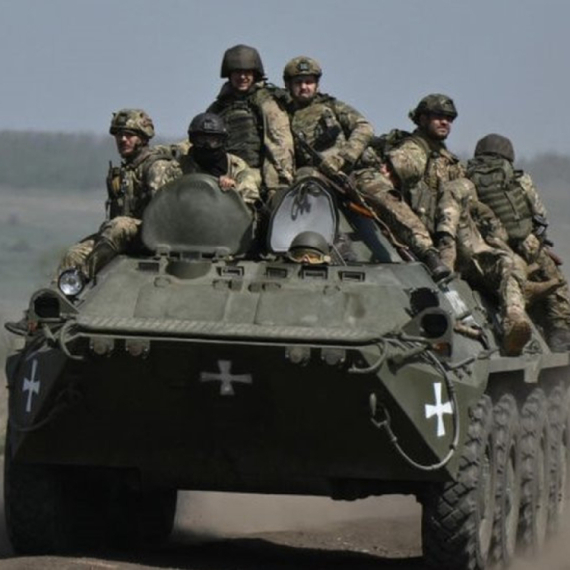
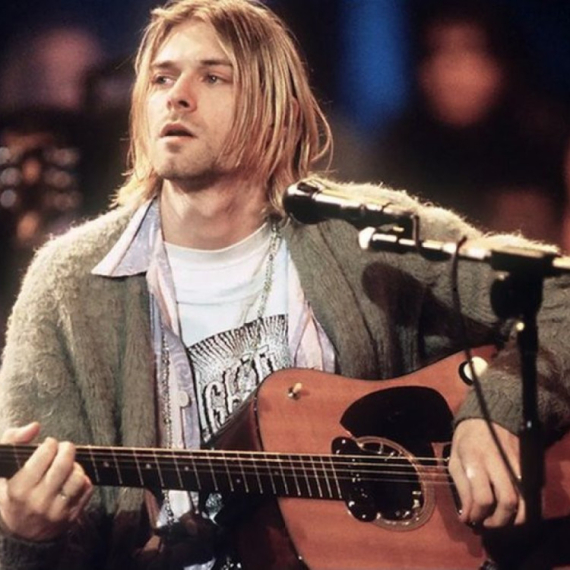
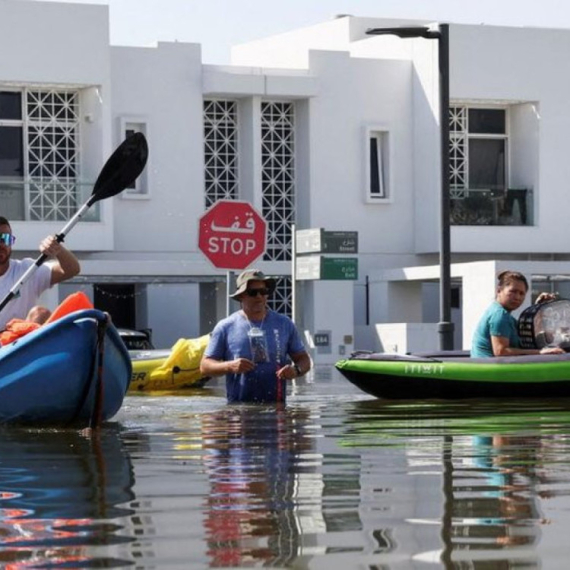

Komentari 1
Pogledaj komentare